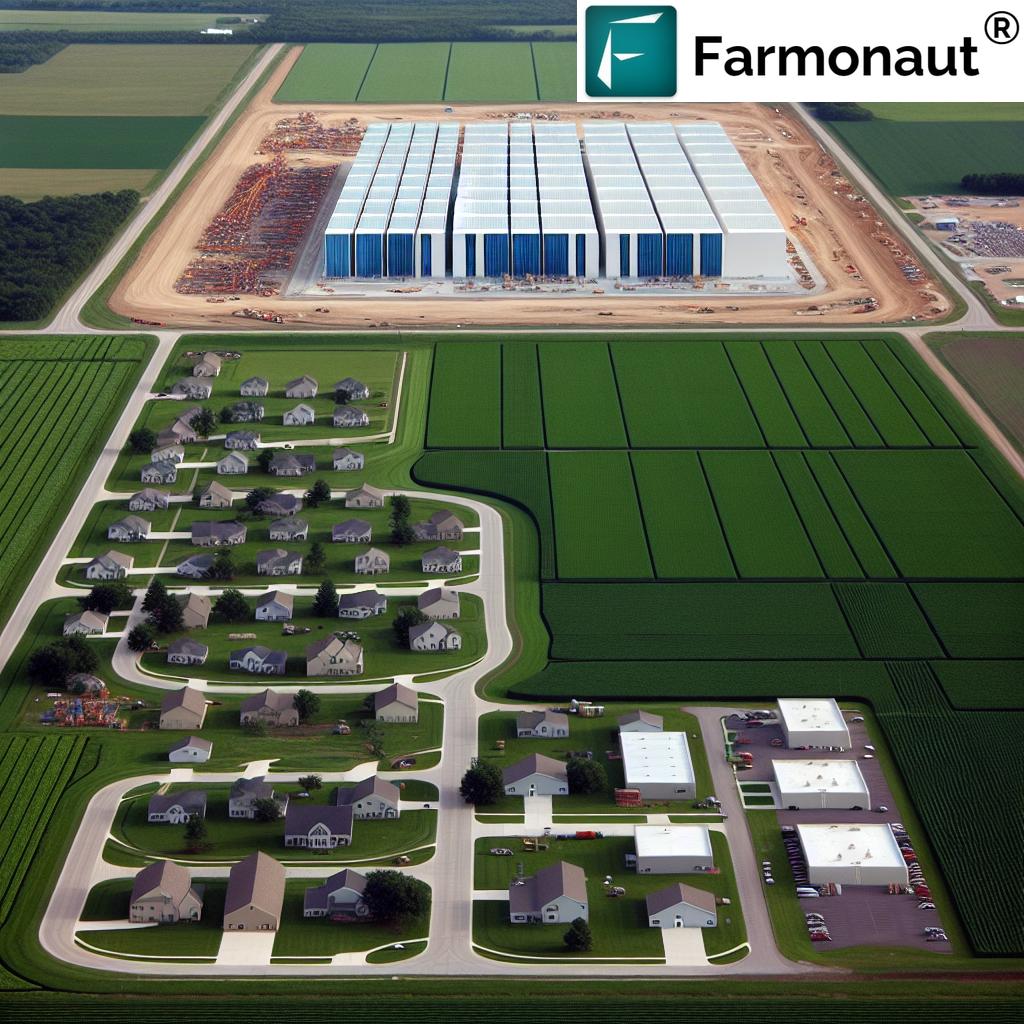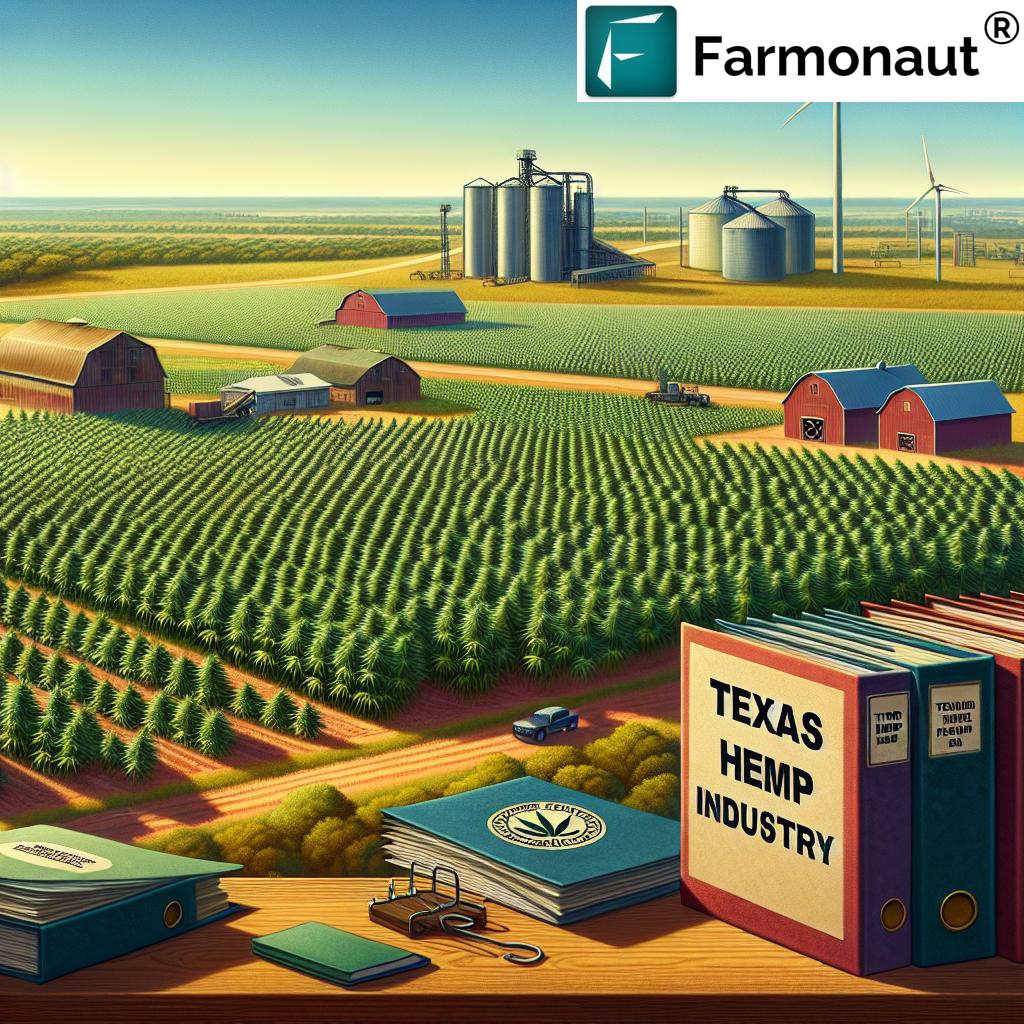Farmland Management Services CA: 2025 Market Trends
“By 2025, over 60% of California farmland management services will integrate advanced data analytics for decision-making.”
The Growing Importance of Farmland Management Services in 2025
As we stand at the crossroads of intensifying global food demands, unpredictable climate patterns, and the rapid evolution of technology, the importance of farmland management services has never been more pronounced. In California (CA), one of the world’s most influential agricultural regions, these services are not just a means to optimize crop yields—they have become a critical component of sustainable agriculture, environmental stewardship, and economic vitality.
The farmland management sector is currently witnessing transformative changes driven by rapid advancements in remote sensing, artificial intelligence, precision agriculture, and digitized resource tracking. These forces are fundamentally reshaping the way land is managed, with far-reaching impacts on productivity, sustainability, and compliance. Farmland management, once a blend of intuition and tradition, is now a sophisticated, data-driven enterprise.
What Are Farmland Management Services?
Farmland management services encompass a broad range of activities aimed at optimizing the use and care of agricultural land. These services are delivered by professional farmland managers who act as intermediaries between landowners and farmers. Their role is to ensure land is used efficiently, maintaining ecological balance, and maximizing both productivity and profitability.
- Soil Health Assessment
- Crop Planning & Rotation
- Irrigation Management
- Pest & Nutrient Control
- Land Leasing & Partnerships
- Conservation & Ecological Stewardship
- Financial Management
- Regulatory Compliance
- Implementation of Sustainable Methods
Often, these services facilitate the integration of advanced technologies such as Geographic Information Systems (GIS), remote sensing, and AI-driven advisory tools—empowering landowners and farmers with actionable insights for optimized land use. This integrated approach not only boosts yields but is also an economic win, reducing losses and improving the long-term viability of farming operations.
The Role of Farmland Management Services CA in Modern Agriculture
California is a key hub for agricultural production in the United States—playing a pivotal role in shaping trends in the farmland management services market. What makes California unique is its:
- Diverse climate and soil types
- Strict environmental regulations and water laws
- Leading adoption of technology in agriculture
- Significant presence of institutional investors
- High-value specialty crops (e.g., grapes, nuts, avocados)
To maximize yields and meet both economic and ecological goals, farmland management services CA have embraced integrated GIS, remote sensing, and AI solutions. These tools help monitor soil moisture, track pest outbreaks, optimize planting schedules, and ensure adherence to regulatory standards regarding water usage and chemical application.
Technology Trends Transforming the Farmland Services Market in California
With rising demands for sustainable agriculture and global food production, the farmland services market is rapidly evolving. In 2025, the predominant trends include enhanced digitization and the fusion of various innovations.
- Satellite Imaging & Remote Sensing – Delivers real-time monitoring for soil health and crop growth.
- AI & Machine Learning – Predict pest outbreaks, optimize irrigation, and generate custom advisories for farmers.
-
Blockchain-Based Traceability – Ensures transparency in agricultural supply chains.
Explore Farmonaut’s Traceability Tools
- Precision AgTech (IoT) – IoT sensors monitor environmental conditions, resource usage, and machine status.
- Digital Platform Integration – Connects landowners, investors, and service providers for on-demand management.
-
Environmental Impact & Carbon Footprinting – Track and reduce agriculture’s carbon footprint for better compliance and sustainability.
Learn About Carbon Footprinting for Farmland
Technology Adoption Trends in California Farmland Management (2023-2025)
| Technology | Adoption Rate (2023) | Adoption Rate (2025 projected) | Estimated Market Value (2023, M USD) | Projected Market Value (2025, M USD) | Primary Benefits |
|---|---|---|---|---|---|
| Satellite Imaging | 34% | 68% | $155M | $320M | Crop health, resource allocation, compliance, productivity |
| IoT Sensors | 22% | 58% | $75M | $170M | Real-time monitoring, cost savings, resource efficiency |
| Precision Irrigation | 29% | 67% | $114M | $250M | Water savings, sustainability, yield improvement |
| Drones | 13% | 49% | $45M | $108M | Pest control, mapping, surveying, cost-effective management |
| Farm Management Software | 41% | 73% | $205M | $390M | Data integration, planning, compliance, automation |
“California’s agri-tech market is projected to grow by 18% annually, driven by innovations in farmland management technologies.”
The table above illustrates the rapid technological transformation in the farmland management sector—especially in California, where adoption rates and market values for digital solutions are set for exponential growth by 2025. The impact includes improved yields, cost efficiency, enhanced sustainability, and robust regulatory compliance.
Innovations in Sustainable Agriculture and Environmental Stewardship
Modern farmland management is not limited to maximizing short-term productivity. Increasingly, it emphasizes environmental stewardship, conservation practices, and restoring ecological balance within agricultural landscapes. The integration of digital tracking, scientific assessment, and AI-powered advisory systems enables new sustainable farming practices:
- Soil Health Monitoring: Multispectral imaging and sensors provide detailed analysis of nutrient levels and organic matter in farmland.
- Regenerative Agriculture: Practices such as crop rotation, cover cropping, and reduced tillage build long-term soil health and carbon sequestration.
- Intelligent Irrigation: AI and IoT solutions manage water usage efficiently, reducing waste and ensuring crops receive optimum moisture.
- Integrated Pest Management (IPM): Data-driven monitoring identifies threats early, minimizing chemical application and environmental impact.
- Biodiversity Conservation: Reintroducing hedgerows and field margins to support pollinators and beneficial wildlife.
For in-depth AI-driven environmental and crop health monitoring solutions, explore
Farmonaut’s Large-Scale Farm Management platform
.
Economic Outlook: Investors and the Expanding Farmland Services Market
The 2025 outlook for the farmland services market is extremely positive, thanks to several influential market dynamics:
- Rising Institutional Investment: Increasing interest in farmland as a stable asset class, with investors seeking professionals to optimize their holdings.
- Data-Driven Decision-Making: Digital platforms are connecting landowners to networks of service providers, streamlining leasing, planning, and financial management.
-
Blockchain Verification: Used for transparency and fraud reduction in agri-loans and insurance processes.
Discover Satellite-Based Crop Loan and Insurance Insights
- Remote Management: Platforms now offer real-time satellite analytics and advisories, making large-scale management accessible to investors and absentee landowners.
These developments not only increase economic viability and transparency for stakeholders, but also support sustainable production and conservation goals in California and beyond.
Forest Management Services and Integrated Land Stewardship
While farmland management services are primarily focused on agricultural land, in regions like California there is increasing integration with forest management services—particularly where farm and woodland ownership is mixed. Integrated strategies now address:
- Watershed Protection
- Biodiversity Conservation
- Carbon Sequestration (forests and wetlands)
- Agroforestry Practices (trees with crops/livestock)
- Fire Risk Management
Professional managers are increasingly knowledgeable about both forestry and farming techniques, designing management plans that harmonize production and conservation, and align with climate resilience policy goals.
For actionable satellite insights on crop plantation, forest health, and environmental advisory, see our
Forest & Plantation Advisory Tools.
Policy, Regulation, and Compliance in Farmland Management CA
The regulatory environment in California is among the world’s strictest—particularly regarding water usage, chemical application, and environmental protection. Farmland management services CA are expected to ensure full compliance, or risk penalties and restricted market access.
- Adherence to Water Laws: Mandated by state agencies, requiring robust monitoring and documentation.
- Chemical Use Reporting: Precision application and traceability to safeguard environmental and consumer health.
- Land Use and Leasing Regulations: Clear, blockchain-verifiable records streamline leasing and ownership transfers.
- Conservation Compliance: Certification and subsidy programs increasingly require digital audit trails and operational transparency.
Explore Farmonaut’s Satellite & Weather API for seamless compliance reporting, and read our API Developer Docs to integrate compliance solutions directly into your farm management systems.
Future Challenges and Opportunities for Farmland Managers
Despite the promise, the journey for farmland managers in California and globally isn’t without obstacles. Common challenges facing the sector in 2025 and beyond include:
- Rising operational costs (labor, inputs, energy)
- Labor shortages and the need for automation
- Intensifying climate change impacts (droughts, heatwaves, wildfires)
- Ever-changing policy and regulatory demands
- Equitable access for smallholders
Innovative solutions are required to address these issues. The integration of automation, blockchain for land records, real-time resource management, and climate-smart technology is the path forward. Managers who combine traditional knowledge with modern tools will move ahead, promoting resilience, profitability, and sustainability in the farmland services market.
About Farmonaut: Satellite-Powered Innovation in Farmland Management
As we look to the future, the integration of satellite technology, AI, and blockchain is reshaping how farmland management services are delivered—particularly in technology-forward regions like California.
At Farmonaut, we advance the mission to make satellite-driven insights affordable and accessible, empowering farmers, landowners, businesses, and governments to thrive with better data, transparency, and sustainability.
- Satellite Monitoring: Real-time remote sensing for crop health, soil conditions, and land use changes.
- AI-Based Advisory Systems: Our Jeevn AI delivers hyper-local weather, irrigation, and disease forecasts.
- Blockchain Traceability: Secure, transparent supply chain, land lease, and ownership records.
- Resource Management Tools: Efficient allocation of machinery, water, and labor.
- Environmental Impact Monitoring: Track carbon outputs, monitor conservation compliance, and verify regenerative practices.
Learn more about our advanced Fleet Management tools—helpful for monitoring machinery utilization, reducing fuel consumption, and ensuring optimal productivity across large-scale CA operations.
Our platform is accessible via web, Android, iOS, and API—making it scalable for users of all backgrounds.
Farmonaut Subscriptions and How to Get Started
Farmonaut’s subscriptions are designed to meet the unique needs of individual farmers, businesses, and government agencies. For flexible, scalable, and affordable access to satellite and AI insights, browse our plans below and start transforming your agriculture, land, and resource management workflows.
Frequently Asked Questions (FAQ) – Farmland Management Services CA: 2025
What are farmland management services and why are they important in California?
Farmland management services are comprehensive solutions that help landowners, farmers, and agricultural businesses optimize land use, crop yields, water management, pest control, compliance, and sustainability. In California, with its diverse climate and strict regulatory environment, these services are crucial for maintaining productivity, profitability, and environmental balance.
How is technology influencing farmland management in 2025?
Technology—from satellite imaging and AI-powered analytics to blockchain and IoT sensors—is revolutionizing farmland management in 2025. It provides real-time, actionable data for soil health, crop progress, irrigation, and compliance, thereby enhancing productivity, reducing costs, and supporting sustainable agricultural practices.
What trends are driving the farmland services market in California?
Key trends include rapid digitization, increased adoption of precision agriculture tools, a surge in institutional investment, integration of blockchain for transparency, and a strong focus on environmental compliance and regenerative practices. These shifts aim to deliver both economic returns and sustainability.
How do forest management services integrate with farmland management?
In California, integrated land stewardship is gaining ground. Forest management services help with biodiversity, carbon sequestration, and watershed protection. Professional farmland managers increasingly coordinate forestry techniques, such as agroforestry and fire management, in synergy with farming.
How does Farmonaut support the modern farmland services market?
Farmonaut uses satellite data, AI, and blockchain to deliver detailed analytics, compliance support, traceability, and real-time monitoring for farmland management. Our subscription-based platform is accessible on web, Android, iOS, and through API, making advanced tech affordable and scalable for any landholding size.
Summary: The Growing Importance of Farmland Management Services in 2025
As global demands for food production and sustainable land use intensify, farmland management services become an ever more critical component of modern agriculture. These services—particularly prominent in California—reflect an evolving approach to managing agricultural landscapes that balances productivity, environmental stewardship, and economic viability.
In 2025, the farmland management sector is witnessing transformative changes driven by technology, policy shifts, and growing market dynamics that shape the future of farming. Embracing these innovations unlocks new opportunities for landowners, farmers, investors, and the entire global food system.













